Last updated on
Discover which cooktop reigns supreme as we compare the pros and cons of induction and gas options.
One thing that every kitchen has in common is a cooktop. It’s the heart of any kitchen, where meals are cooked and memories are made.
When it comes to choosing a cooktop, there are two main options: induction or gas. Both have their pros and cons, but which one is right for you? Well, let me tell you a story about two friends who had to make this very decision.
My friends Sarah and John were renovating their kitchen last year. They had always dreamed of having a gourmet chef’s kitchen with all the bells and whistles.
As they were picking out appliances, they came to the cooktop dilemma: induction or gas?
Sarah was all for an induction cooktop because she loved how sleek it looked in magazines. John was convinced that gas was the way to go because he loved the control he had over his cooking temperature.
They both had valid points, but ultimately they needed to decide which option would work best for them in their everyday lives.
So what did they choose? Well, you’ll have to keep reading to find out! But first let’s explore both options so you can make an informed decision when it comes time for your own kitchen renovation.
Key takeaways:
- Induction cooktops are energy efficient, fast, and safe.
- Gas cooktops offer precise temperature control and lower upfront cost.
- Consider energy efficiency and cost when deciding on a cooktop.
- Induction cooktops require specific pots/pans, while gas cooktops work with all types.
- The decision between induction and gas cooktops depends on personal preference and needs.
What's Inside
Comparing the Cooktops

When it comes to choosing a cooktop, there are many factors to consider. As my friends Sarah and John discovered during their kitchen renovation, the decision between induction or gas is not an easy one.
Both options have their advantages and disadvantages, so it’s important to weigh them carefully before making a final choice. In this article, we’ll explore the differences between induction and gas cooktops in terms of energy efficiency, cooking performance, safety features as well as installation & maintenance costs.
We’ll also look at some pros and cons of each option so that you can make an informed decision based on your needs. So whether you’re building a new home or renovating your existing kitchen space like Sarah and John did last year – read on!
Induction Cooktops
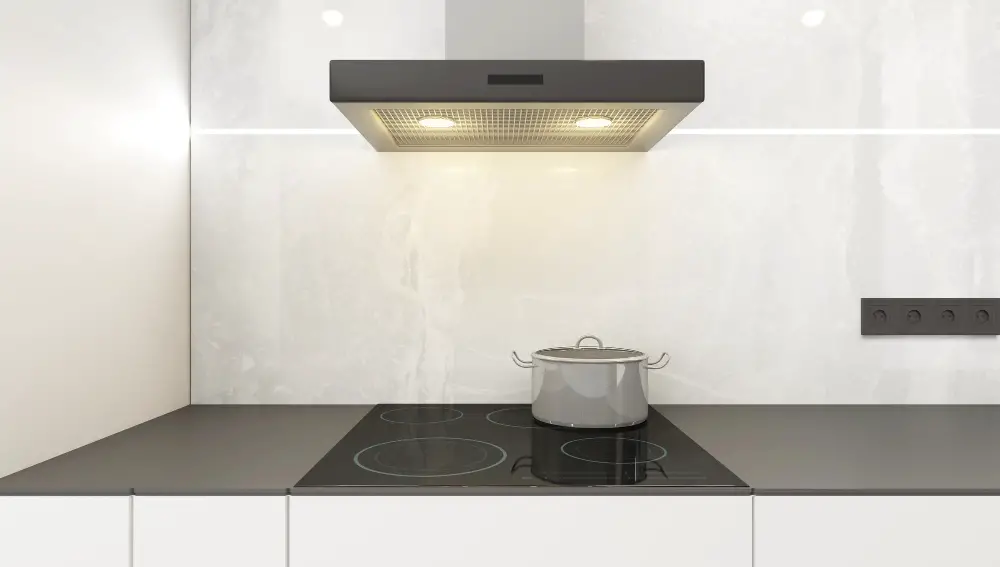
Sarah and John were intrigued by the idea of an induction cooktop. They loved how it looked, with its smooth surface and minimalist design.
But they weren’t sure if it would be the right choice for them.
Induction cooktops use electromagnetic energy to heat up your pots and pans directly, rather than heating up a burner that then heats up your cookware like gas or electric stovetops do. This means that they are incredibly efficient at transferring heat to your food quickly while using less energy overall.
Another benefit of induction cooking is safety: because only the pot or pan gets hot, there’s no risk of accidentally touching a hot burner or having something catch fire on top of it.
However, there are some downsides to consider as well. Induction requires specific types of pots and pans made from magnetic materials such as cast iron or stainless steel; otherwise, you won’t get any heat transfer at all! induction can be more expensive upfront compared to other options like gas stoves due in part because specialized equipment is required for installation purposes.
Overall though Sarah & John decided that an Induction Cooktop was perfect for their needs since they valued efficiency over anything else when cooking meals together in their new kitchen space!
Gas Cooktops
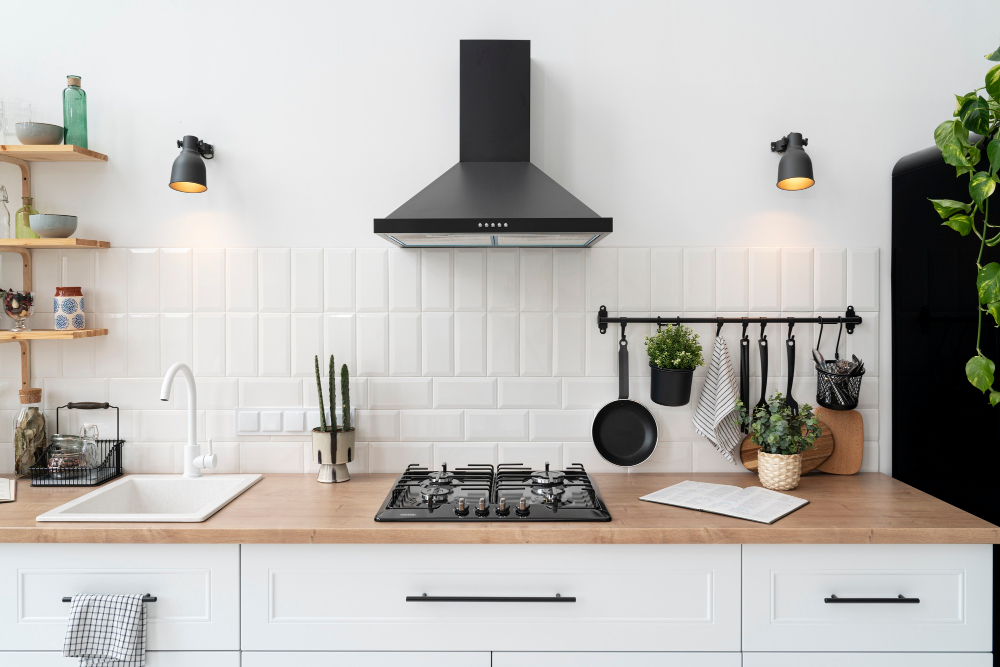
John was convinced that gas cooktops were the way to go. He loved the control he had over his cooking temperature and felt like a professional chef when using it.
Gas cooktops are known for their quick heating time, which is great for those who want to get dinner on the table quickly.
One of the biggest advantages of gas cooktops is that they work during power outages, making them a reliable option in case of emergencies. They are easy to clean and maintain since there aren’t any special cleaning requirements.
However, one downside to gas cooktops is that they can be less energy-efficient than induction models because heat escapes around pots and pans instead of being directed towards them. They also require an open flame which poses some safety risks if not used properly.
John’s love for cooking with gas won out in their decision-making process but Sarah made sure they installed proper ventilation as well as carbon monoxide detectors just in case anything went wrong while using it.
Energy Efficiency

As Sarah and John were weighing their options, they realized that energy efficiency was an important factor to consider. They wanted a cooktop that would not only save them money on their utility bills but also reduce their carbon footprint.
Induction cooktops are known for being highly efficient because they use electromagnetic technology to heat the pan directly, rather than heating up the air around it. This means less wasted energy and faster cooking times.
Gas cooktops, on the other hand, can be less efficient because some of the heat is lost in transferring from gas flame to pot or pan. However, newer models have improved efficiency with features like sealed burners and high BTU output.
Ultimately Sarah and John decided that induction was more energy-efficient for them since they cooked frequently but didn’t need as much power as a professional chef might require from a gas stove top.
Cooking Performance

When it comes to cooking performance, both induction and gas cooktops have their strengths. Sarah loved how quickly an induction cooktop heated up, which made boiling water or searing meat a breeze.
John appreciated the precise control he had over his cooking temperature with gas. Induction cooktops use electromagnetic energy to heat the pan directly, so there is no wasted heat like with gas.
This means that they are more efficient at heating food and can boil water faster than a gas stove. On the other hand, some chefs prefer using a flame because it provides better visual cues for adjusting temperatures while cooking.
Gas stoves also provide instant heat changes when you turn them on or off compared to electric ones that take time to warm up or cool down. Ultimately, your choice will depend on what kind of dishes you plan on making in your kitchen and what type of chef you are – whether precision is key for delicate sauces (gas) or speed matters most (induction).
Safety Features
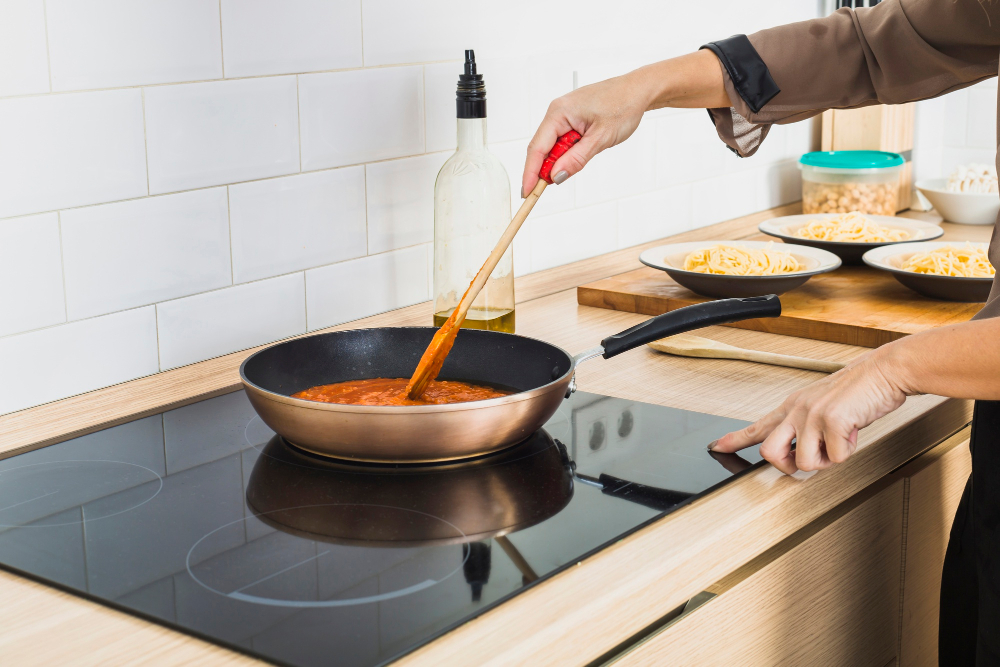
When it comes to cooking, safety should always be a top priority. Both induction and gas cooktops have their own unique safety features that make them safe for everyday use.
Induction cooktops are generally considered safer because they don’t produce an open flame or heat up the surface of the cooktop. Instead, they use electromagnetic fields to heat up your pots and pans directly.
This means that there is less risk of accidental burns or fires caused by spilled food catching fire on the surface.
Gas cooktops, on the other hand, do produce an open flame which can pose a potential hazard if not used properly. However, modern gas stovetops come with built-in safety features such as automatic shut-off valves that turn off the gas supply if no flames are detected.
So what did Sarah and John choose? Well after weighing all their options carefully (including energy efficiency and cost), they ultimately decided to go with a gas stove-top because John loved having control over his cooking temperature while Sarah appreciated its classic look in her kitchen design. Regardless of which option you choose for your home kitchen renovation project – whether it’s induction or gas – just remember to prioritize safety first!
Cost Comparison

As Sarah and John were weighing their options, they also had to consider the cost of each cooktop. Induction cooktops tend to be more expensive upfront than gas cooktops.
However, over time, induction can save you money on your energy bill because it is more efficient at heating up food quickly and maintaining a consistent temperature. Gas cooktops require a gas line installation which can add additional costs if one does not already exist in your home.
The cost of natural gas or propane will vary depending on where you live. Ultimately Sarah and John decided that while an induction cooktop was initially pricier than a gas one, its long-term energy efficiency would make up for the difference in price over time.
When considering the cost comparison between these two types of stovetops it’s important to keep in mind both short term expenses as well as long term savings when making your decision.
Installation & Maintenance
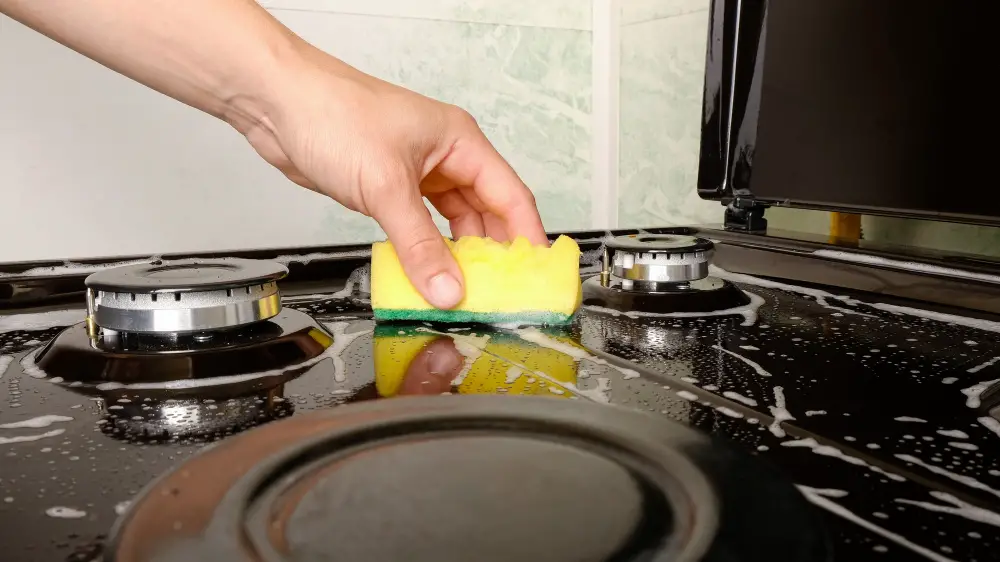
Once Sarah and John had made their decision to go with a gas cooktop, they were excited to get it installed in their new kitchen. However, they quickly realized that installation was not as simple as just plugging it in.
Gas cooktops require a professional installation by a licensed plumber or gas fitter. This is because the connection needs to be properly sealed and vented for safety reasons.
It’s important not to attempt this yourself, as improper installation can lead to dangerous leaks or even explosions. Maintenance of gas cooktops also requires some extra attention compared to induction models.
The burners need regular cleaning and maintenance, including removing any debris from the burner ports and ensuring proper ignition of flames. Induction cooktops are generally easier when it comes time for maintenance since there are no open flames or burners that need cleaning; however, if repairs are needed on an induction model then you will likely have higher repair costs than with traditional electric stovetops due its complex technology.
Overall both types of stove tops require different levels of care but hiring professionals for installations is always recommended regardless which type you choose so your family stays safe while cooking delicious meals together!
Pros and Cons
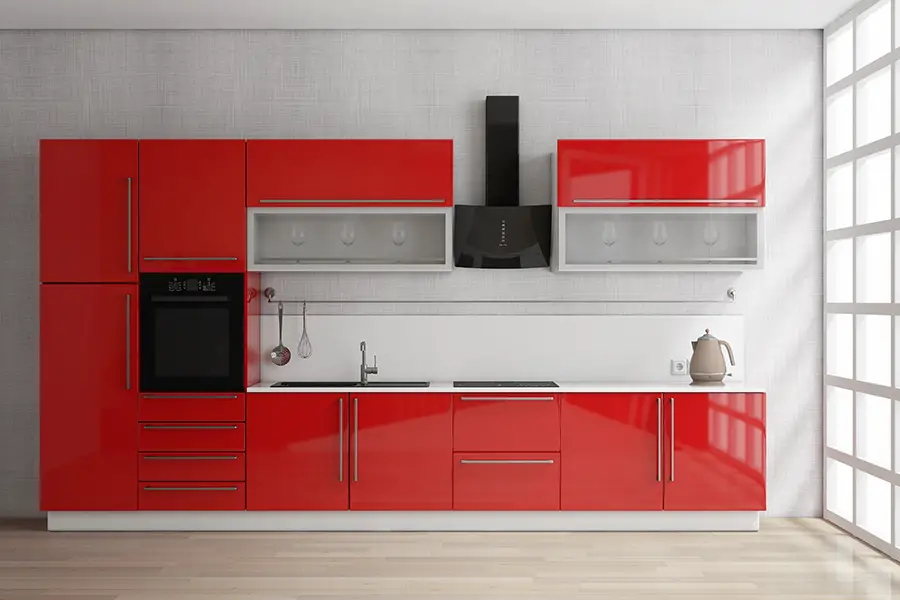
After much research and consideration, Sarah and John ultimately decided to go with a gas cooktop. However, that doesn’t mean that induction cooktops don’t have their own set of pros and cons.
Pros of Induction Cooktops:
- Energy efficient
- Faster cooking times
- Safer for households with children or pets
Cons of Induction Cooktops:
- Requires specific types of pots/pans (must be magnetic)
- More expensive upfront cost
- May produce a humming noise during use
Pros of Gas Cooktops:
- Precise temperature control
- Works well with all types of pots/pans
- Lower upfront cost
Cons Gas Cooktops:
- Less energy-efficient than induction models
- Slower heating time compared to induction models
- Riskier in terms fire hazards
Ultimately, the decision between an induction or gas cook top comes down to personal preference. It’s important to weigh the pros and cons carefully before making your final choice.
The Verdict
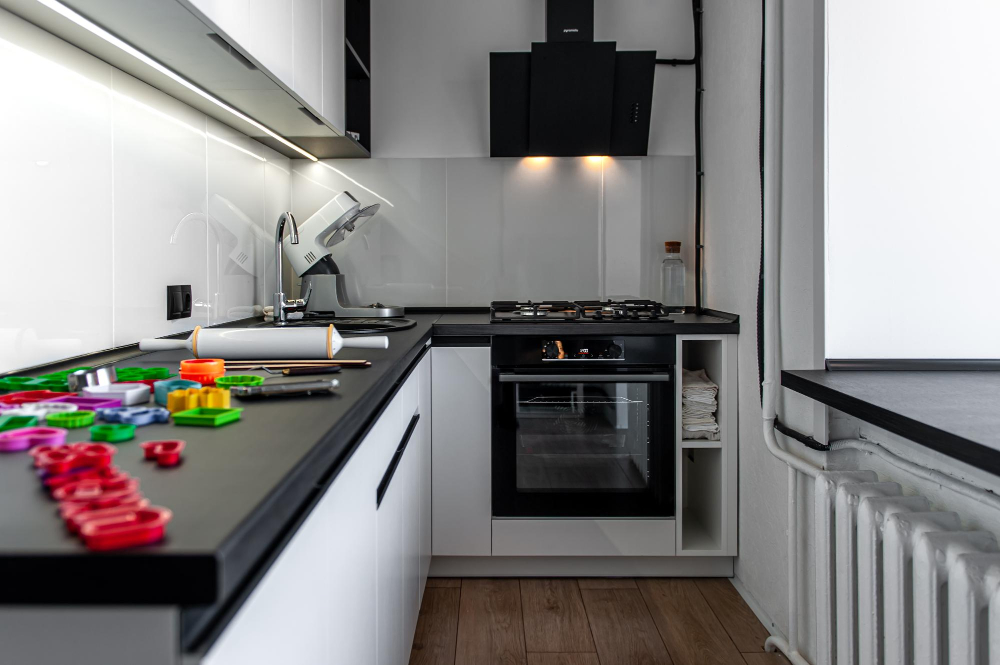
After much research and consideration, Sarah and John ultimately decided to go with a gas cooktop. While they loved the sleek look of an induction cooktop, they couldn’t resist the control that gas offered when cooking their favorite meals.
But what about you? Which option is right for your kitchen? It really depends on your personal preferences and needs. If energy efficiency is important to you, then an induction cooktop may be the way to go.
But if precise temperature control is more important for your cooking style, then a gas cooktop might be better suited for you. Ultimately both options have their pros and cons but it’s up to you as a homeowner or decorator to decide which one will work best in your space.
So whether it’s induction or gas – happy cooking!




